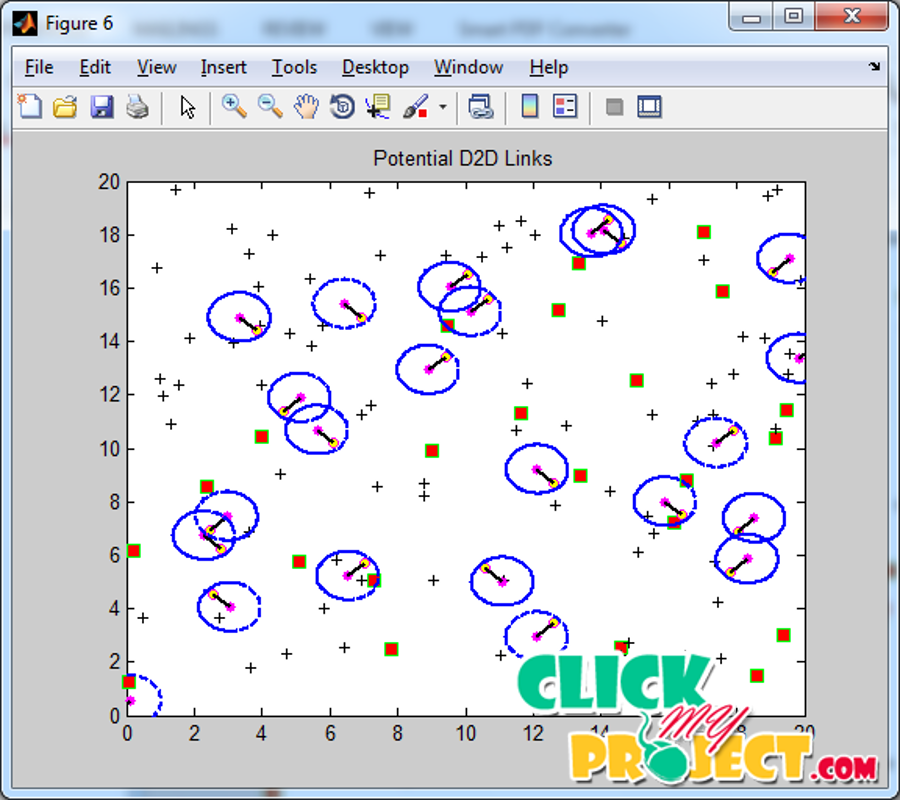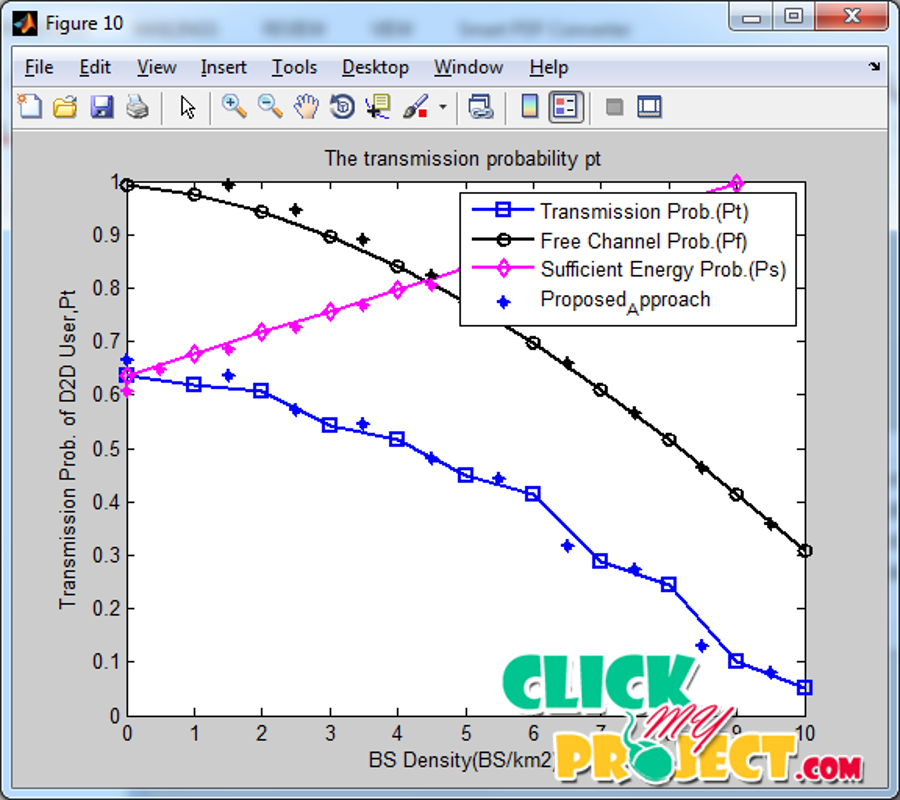Cognitive and Energy Harvesting-Based D2D Communication in Cellular Networks Stochastic Geometry Modeling and Analysis
Our Price
₹3,500.00
10000 in stock
Support
Ready to Ship
Description
The amount of data traffic in cellular networks has been increasing dramatically in the past few decades. To cope with the traffic increase, heterogeneous cellular network has been introduced to improve network performance by offloading traffic to access points (APs) with better link quality. The increase of energy consumption directly increases the greenhouse gas emissions which threatens the environment. Radio frequency (RF) energy transfer and harvesting techniques have recently become alternative methods to power the next generation wireless networks. The D2D communication can enhance cell coverage and throughput, and also reduce transmit power. The study investigates cognitive and energy harvesting-based device-to- device (D2D) communication underlying cellular networks. Energy harvesting based Device to Device Communication for cellular network are proposed. For implementing this approach spectrum access policies are proposed at both uplink and downlink. Here Random Spectrum Access (RSA) Policy and Prioritized Spectrum Access (PSA) policy are implemented. In RSA, cellular user can select any of the available channel which includes the D2D channel. Where as in the case of PSA, cellular user can select D2D channel only when the remaining channels are occupied condition. The SINR outage probability requirements are estimated under both spectrum access policies, i.e. RSA and PSA. Among RSA and PSA policy, PSA policy provides better performance to the D2D users. For D2D users provides better performance when using an uplink channel compared with downlink channel.
Tags: 2015, Communication, Matlab




